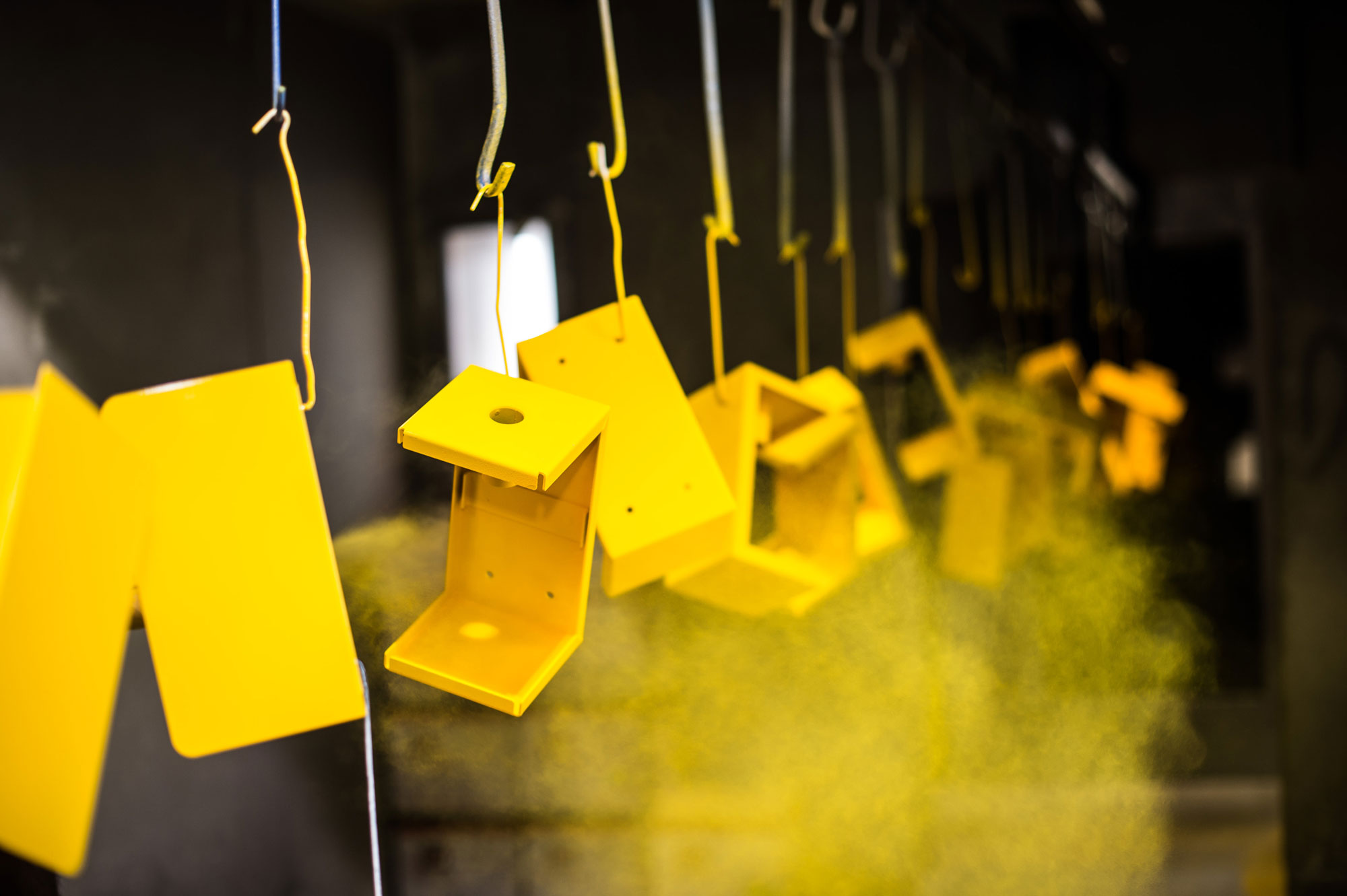Metal Coating Techniques
Types of metal coating techniques
There is a range of metal coating techniques used for coating the surface substrate.
Hot-dip technique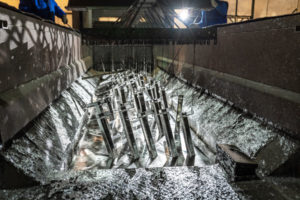
Hot-dipping refers to the method where the metal part is dipped into a liquid coating. Hot-dipping is a galvanization method. It means coating the part with a protective layer of molten zinc at a temperature up to 450 degrees Celsius. When the zinc-coated part is taken out of the bath, the zinc reacts with oxygen and carbon dioxide in the atmosphere to form a strong, dull material.
The preparation for this technique requires the metal to be completely clean before it is dipped into the molten zinc. Cleaning the part ensures the molten zinc forms a complete metallurgical bond with the section. After cleaning the metal surface, the metal will then submerge in what is known as flux solution. Typically, the flux solution is 30% zinc ammonium chloride, with wetting agents at roughly 65 degrees Celsius. This part of the process removes the oxide film that forms on the part surface after cleaning, which can cause further oxidation. Finally, the part is ready to be galvanized, and the zinc layer is added in the dipping process. The zinc layer has the additional benefit of solidifying the part.
The hot-dip method is best suited for parts that may face extreme conditions, or has complicated dimensions that are not easy to coat using other methods, such as a spray gun.
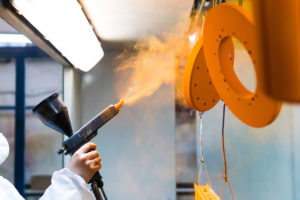 Liquid and powder spraying techniques
Liquid and powder spraying techniques
Powder coating uses dry powder that is electrostatically applied to the surface of the metal. Then the surface is cured by ultraviolet light or heat for final finish. Powder coating is used in applications such as automobile bodies, toasters, dishwashers, microwaves, and refrigerators.
Liquid coating utilizes liquids such as paint and varnish, and generally relies on solvents and water-based carriers to ensure quality coating. Liquid coating is most suitable for applications that include delicate surfaces such as wood or plastic.
Liquid powder coating takes the best qualities of both powder and liquid techniques and combines them into one enhanced technique.
Electroplating technique
Also known as electrodeposition, this method dissolves metal using an electric current, resulting in a thin layer, and deposits it onto the surface. Electroplating is primarily used to change the physical properties of an object, which results in increasing wear resistance, corrosion protection, and thickness. The electroplating process involves using four primary components:
- Anode is the positively charged electrode in the circuit that is the metal that will form the plating.
- Cathode is the negatively charged electrode in the circuit that is the metal that needs to be plated.
- Solution contains different metal salts like copper sulfate to facilitate the flow of electricity.
- Power Source produces current to ensure electricity to the system.
One example of electroplating is the process of plating gold onto metal for use in jewelry. The gold-plating metal is the anode in the circuit, and the metal jewelry is the cathode. Both are placed in a solution, and then the power source is supplied to the gold, which results in dissolving the gold in the solution. Then the dissolved gold attaches to the metal. The result is gold-plated jewelry.
This method is best suited for surfaces that can’t be fully coated via other methods.
Conversion or electroless-plating technique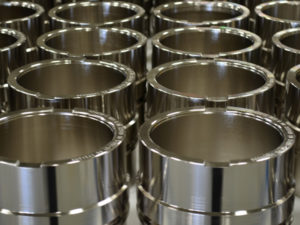
This type of coating is used on metals in which the surface to be covered is turned into a coating with an electrochemical or chemical process. The result will typically harden the surface and make the metal more resistant to corrosion. Three types of conversion coatings are phosphate, chromate, and black oxide. Each has desirable uses. One example is using black oxide for coating so it will alter the surface so it is blackened and microporous.
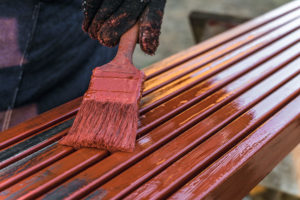 Brush coat technique
Brush coat technique
The simplest coating is to use a brush or a roller to coat the surface with a protective chemical layer. An example of this is the application of a varnish by brush or roller.


